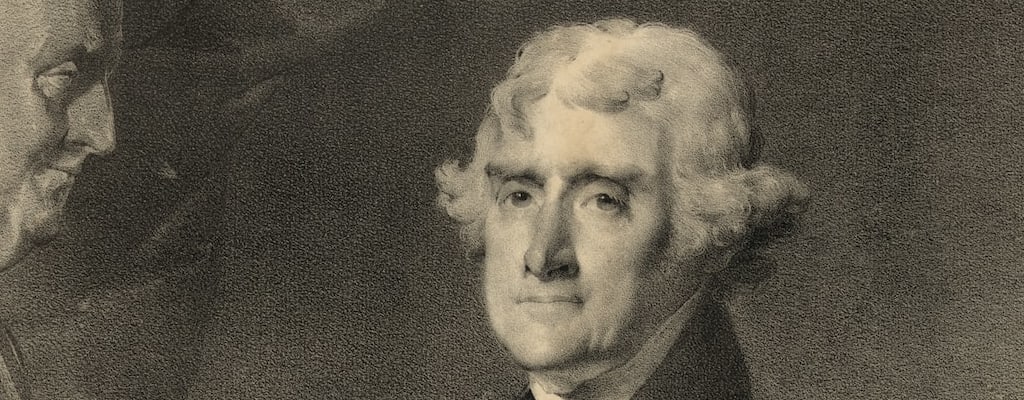tall in the saddle: Idiom Meaning and Origin
What does ‘tall in the saddle’ mean?
The idiom "tall in the saddle" means being in a position of power, confidence, or authority. It refers to someone who is self-assured and in control, especially in challenging or difficult situations.

Idiom Explorer
The idiom "tall order" means a demanding or difficult task that is challenging to accomplish due to its complexity, magnitude, or high expectations.
"Take the reins" means to assume control or responsibility, often in a leadership position. It derives from the act of grabbing the reins of a horse to guide its direction and speed.
The idiom "steady hand on the tiller" means maintaining control and stability in a situation. It refers to someone who is able to steer and guide smoothly, without causing any disruption or chaos.
The idiom "stand tall" means to be confident and proud, especially in the face of adversity or criticism.
The idiom "sitting pretty" means to be in a very favorable or advantageous position, usually as a result of good luck or previous effort.
The idiom "show who's boss" means to assert dominance or control over a situation or person, typically in a forceful or assertive manner. It implies asserting one's authority and making it clear that one is in charge.
The idiom "ride tall in the saddle" means to display confidence, authority, and control in a situation. It is often used to describe someone who is self-assured and in a position of power.
The idiom "on top of" means to be in control of a situation or to be aware and knowledgeable about something. It implies being proactive and staying updated to stay on track.
Surprising Elevation in Saddle
The idiom "ride tall in the saddle" is predominantly used in American English. It originates from the horseback riding culture of the American West during the 19th century. This idiom is commonly used to describe someone who is confident, self-assured, and in control of a situation.
The phrase metaphorically compares a person's demeanor to that of a rider who sits upright and confidently on a horse. It conveys the idea of being in a position of power or influence, signifying a sense of being elevated or elevated in status. The imagery of being in the saddle represents a position of control and command while riding a horse.
The idiom can be used in various contexts, both literal and metaphorical. In its literal sense, it refers to someone who is experienced and skilled in horseback riding, often used to describe cowboys or ranchers. It suggests that the rider has complete control over the horse and is able to handle any challenges that may arise during the ride.
In a metaphorical sense, the idiom is employed to portray someone who is confident and in control in a non-equestrian situation. It is commonly used in professional or leadership settings to describe individuals who exhibit a high level of confidence, authority, and poise. For example, a manager who confidently addresses a team meeting and takes charge of the discussion can be described as "riding tall in the saddle."
Using the related idiom "ride high," it further emphasizes the idea of being in a position of dominance and control. To "ride high" means to be successful and in a position of power. It suggests that the person is experiencing a peak of achievement or influence. When someone is "riding high," they are confident and in control of the situation.
Another related idiom is "large and in charge," which conveys a similar meaning as "tall in the saddle." To be "large and in charge" means to be confident, assertive, and in control. It implies that the person is in a position of authority and has the ability to make decisions and take charge of a situation.
"on one's high horse" is another idiom related to "tall in the saddle." It is used to describe someone who is being arrogant, condescending, or self-righteous. When someone is "on their high horse," they act superior and judgmental towards others. This idiom is often used to criticize someone for their haughty and self-important behavior.
Similarly, "in the driver's seat" is a related idiom that conveys a sense of control and authority. To be "in the driver's seat" means to be in command or control of a situation. It suggests that the person is leading and making decisions, and others are following their direction.
These related idioms all encompass the idea of confidence, control, and authority. They emphasize the notion of being in a position of power and influence, whether it be literal or metaphorical. Whether one is "riding tall in the saddle," "riding high," "large and in charge," "on their high horse," or "in the driver's seat," these idioms all convey a sense of confidence, dominance, and control.
The idiom "tall in the saddle" embodies the American spirit of independence, self-reliance, and determination. It evokes imagery of the Wild West and the rugged individuals who tamed the frontier. This idiom conveys a sense of resilience, adaptability, and fearlessness in the face of challenges.
While the idiom has its roots in the American West, its usage is not limited to that geographical region. It has become a part of the broader American English lexicon and is recognized and understood across the country. The idiom is used to describe individuals from various walks of life who exhibit confidence, control, and authority in different situations.
"Tall in the saddle" is a vivid and evocative phrase that captures the essence of confidence, control, and authority. It conjures up images of adventurous pioneers and exemplifies the American spirit of independence. Whether used literally or metaphorically, this idiom carries a sense of power and command that resonates with the aspirations of individuals in various aspects of life. It serves as a reminder of the human desire to conquer challenges and emerge victorious, both in the equestrian world and in the wider arena of personal and professional endeavors.
Example usage
Examples of how the idiom *tall in the saddle* can be used in a sentence:
- After winning the election, the new mayor felt tall in the saddle.
- Despite the challenges, the CEO remained tall in the saddle and steered the company to success.
- Even after the accident, the determined athlete was back on the horse and tall in the saddle.
More "Expression" idioms



